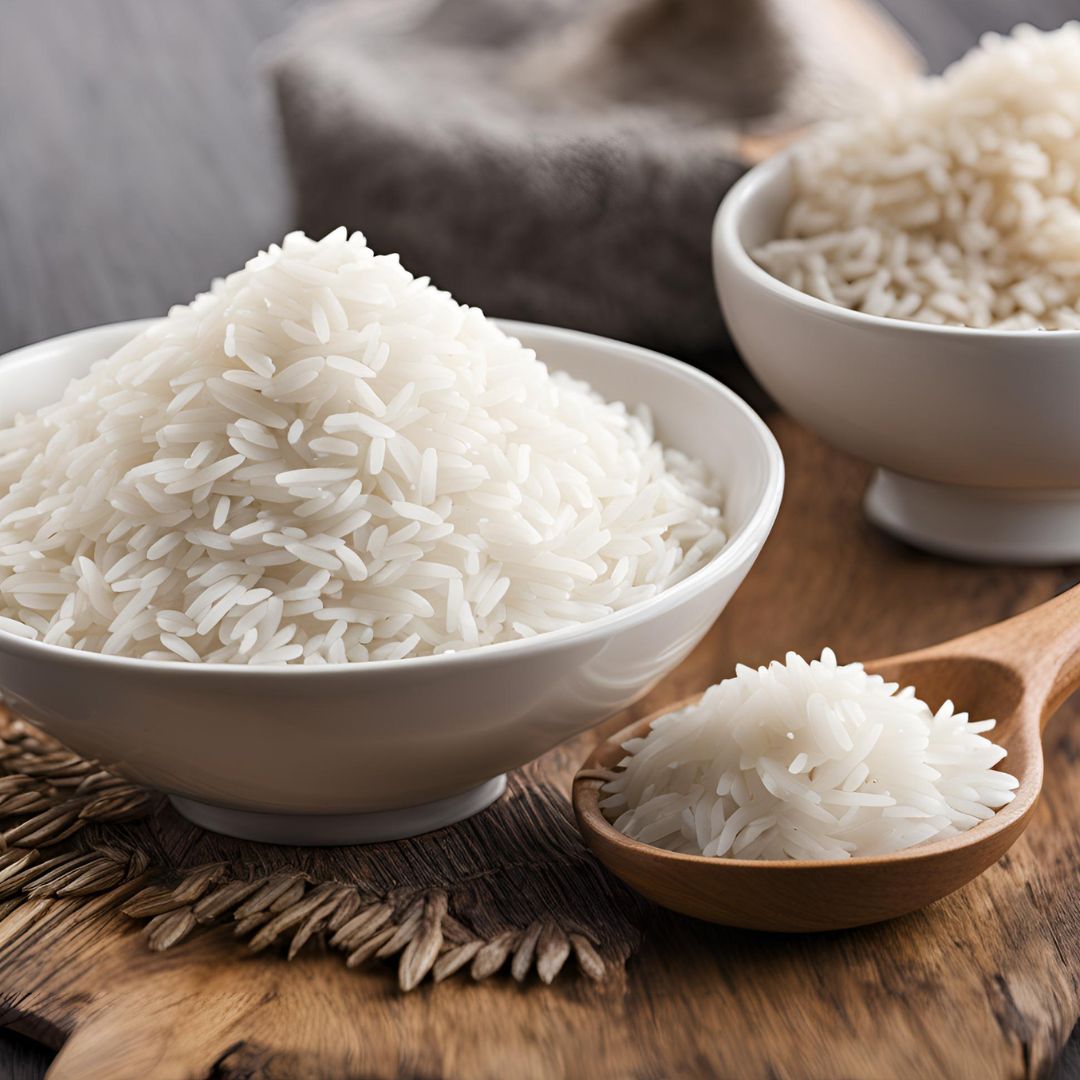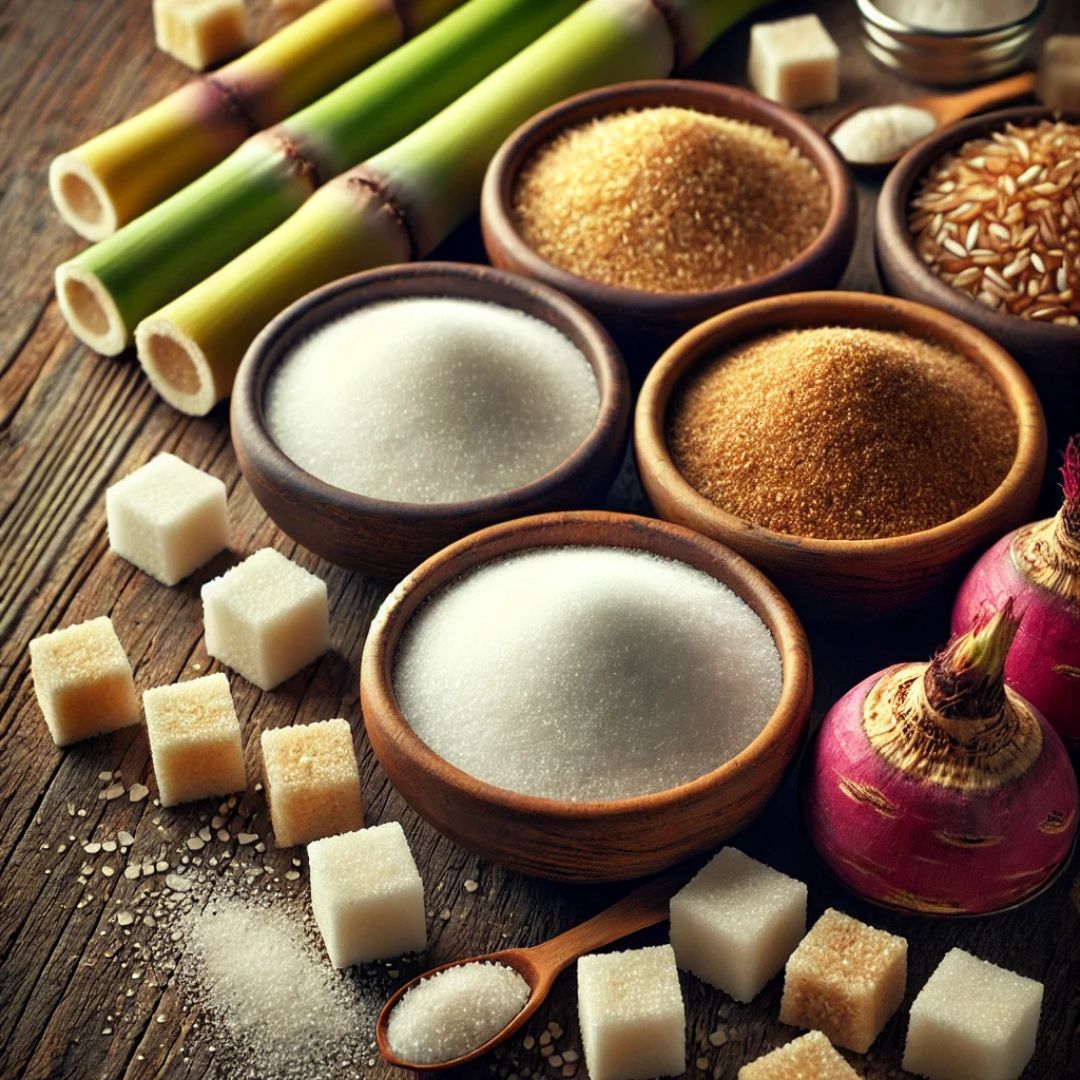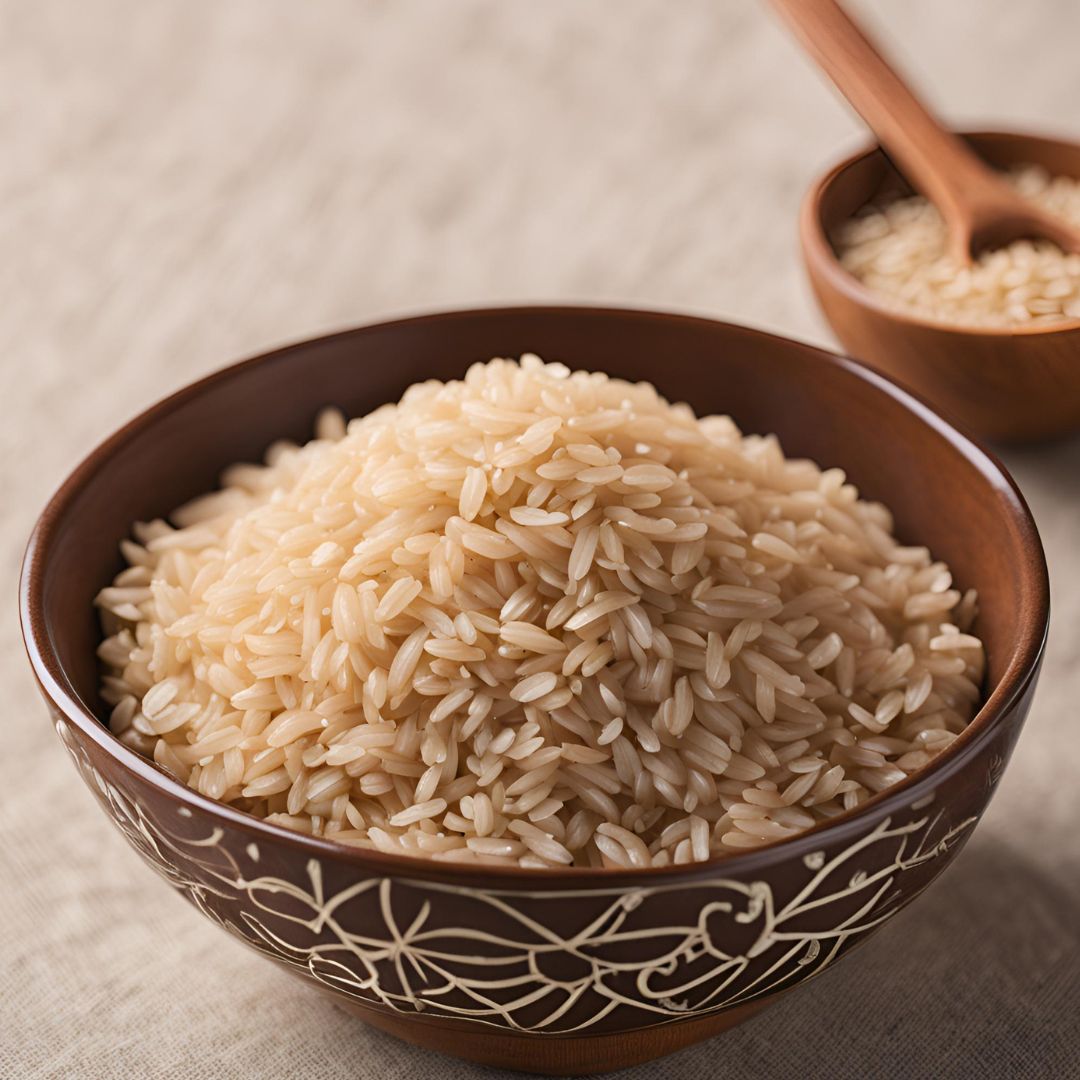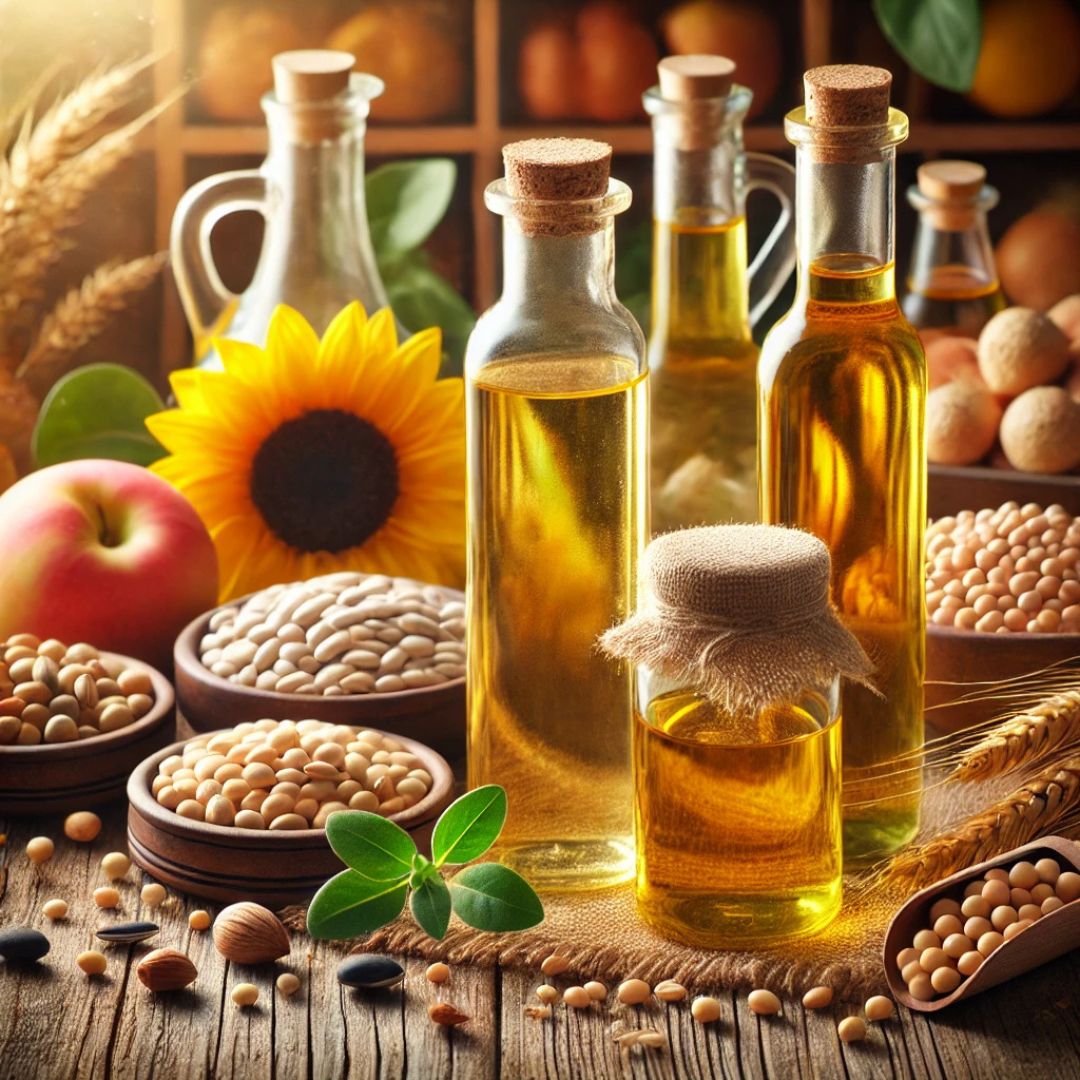Characteristics of White Rice
• Texture: Soft and fluffy when cooked, with individual grains that can be sticky or separate depending on the variety.
• Flavor: Mild and neutral, making it adaptable to various dishes.
• Cooking Time: Typically cooks faster than whole-grain rice varieties.
Nutritional Profile (Per 1 cup cooked, approximate)
• Calories: ~200
• Carbohydrates: ~45g
• Protein: ~4g
• Fat: <1g
• Fiber: ~0.5g (less than brown rice)
• Often enriched with nutrients like iron, folic acid, and B vitamins.
Types of White Rice
• Chapatis: Serve with curries, stews, or gravies like dal, butter chicken, or vegetable curry.
• Parathas: Enjoy with yogurt, pickles, or chutneys. Parathas can also be used to wrap fillings like paneer, potatoes, or chicken, or served with a side of vegetables or lentils.
Quick Recipe Ideas
1. Long-Grain White Rice: Stays separate and fluffy; used in pilafs, biryanis, and side dishes.
2. Medium-Grain White Rice: Slightly sticky; used in dishes like paella and risotto.
3. Short-Grain White Rice: Very sticky; ideal for sushi and desserts like rice pudding.
4. 1121 Extra Long Grain Basmati Rice : 1121 Extra Long Grain Basmati Rice is a high-quality rice known for its long grains and distinctive aroma.
5. Pusa Basmati : Pusa Basmati Rice is a hybrid and semi-dwarf variety of Basmati rice that shares many of the same qualities as regular Basmati rice.
6. Punjab Basmati : Punjabi is one of the main producers of basmati rice in India. The area dedicated to basmati farming in Punjab has increased by 20%, especially in regions like Tarn Taran, Amritsar and Gurdaspur.
7. 100 Broken Rice : refers to rice where 100% of the grains are broken, resulting in rice made entirely of smaller pieces. This term is commonly used in the rice trade to describe a low-quality, lower-grade product, typically sold at a more affordable price. The "100" indicates that all the rice is broken, unlike other types where only a percentage of the grains are broken.
8. 75% Broken Rice: This rice has about 75% of its grains broken, with the remaining 25% being whole grains.
9. 50% Broken Rice : This variety has about half of its grains broken. It is one of the more common types of broken rice in the market.
10. 25% Broken Rice : Only 25% of the rice grains are broken, with the majority of the rice still intact
Uses of White Rice
• Cuisines: Found in global dishes from Asian fried rice to Latin American arroz con pollo.
• Side Dish: Served plain or with butter, herbs, or spices.
• Main Ingredient: Used in soups, casseroles, and desserts.
White rice is appreciated for its simplicity, ease of preparation, and ability to complement a wide range of flavors and cuisines.




